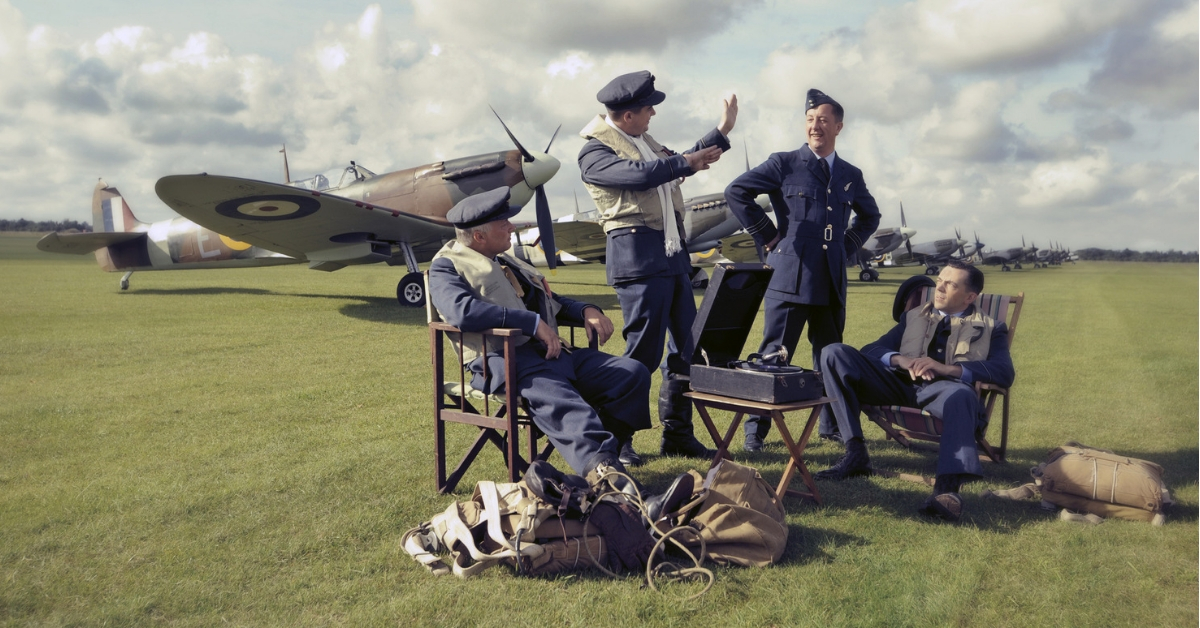The Battle of Britain has spawned a zillion books, several movies and a whole lot more and there are no signs of the trend abating. But those tumultuous days of 1940 are becoming increasingly distant and the sad truth is there are hardly any surviving members of ‘The Few’ around to connect us with those stirring times.
I have read an awful lot of B of B related books and have many favourites including a treasured copy of Peter Townsend’s classic Duel of Eagles which helped relieve the boredom of an extremely boring holiday in Tipperary in 1973.
The late Dr Alfred Price’s masterful The Hardest Day is an essential read I would urge anyone to acquire. Geoffrey Wellum’s First Light is another wonderful read and After the Battle’s massive Battle of Britain Then and Now continues to be very useful decades on from when I bought my copy in 1980.
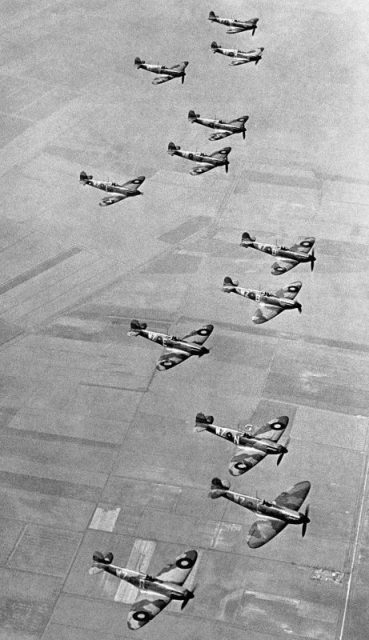
Someone with a strong connection to the history of the battle is Dilip Sarkar and I am a little sheepish to admit that Spitfire! is the first of his books to come my way. Better late than never.
We have in front of us the story of No19 Squadron during the battle. This was the first unit to go operational with the Spitfire and I have had the honour of helping to care for a number of glass plate negatives taken by photographers on the sunny day in May 1939 when the squadron’s fighters were introduced to the press.
The Spitfires were placed in a long line and the snappers appear to have jostled for position on the back of a flatbed truck. After that a mock scramble was put on and several photos from this event have been used as being authentic Battle of Britain images down the years by unwary publications. The clue is in the two blade propellers fitted to the aircraft. This is all standard stuff, but this excellent book from Mr Sarkar is anything but basic.
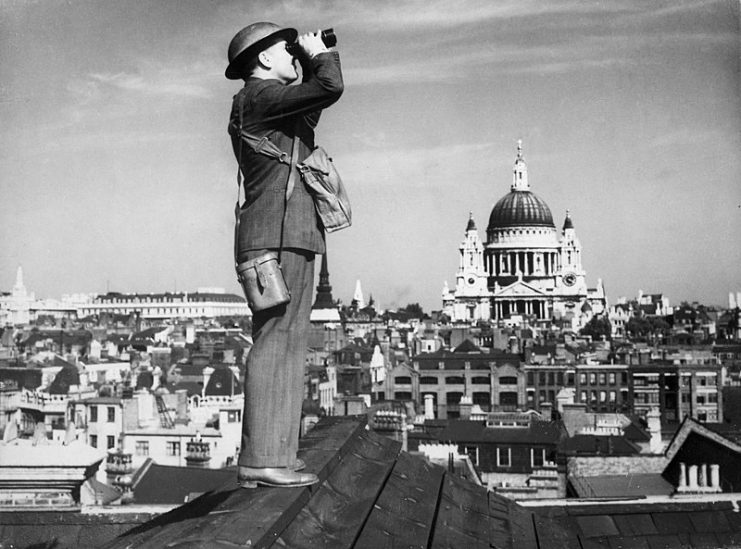
He threads the story together through the adventures and lives of a set of pilots who flew with No19 Squadron from the pre-war era until the end of the Battle of Britain. Inevitably some of these men die or are seriously injured.
The glue in all this is Brian Lane, a quiet giant of a figure who rose from flight commander to lead the squadron during periods of feverish activity and anxious days of disappointment. He was an ‘ace’ with six confirmed victories, plus one shared, two unconfirmed, a probably destroyed and a damaged.
He was awarded the Distinguished Flying Cross and went on to perform a number of staff appointments before returning to combat. Squadron Leader Brian Lane, DFC, was shot down into the cold North Sea on 13th December 1942 aged just 25.
While it is apparent the author holds a particular reverence for Brian Lane, it is fair to say he also admires a number of pilots who survived the war, with some of whom he shared warm relationships. He must really miss them.
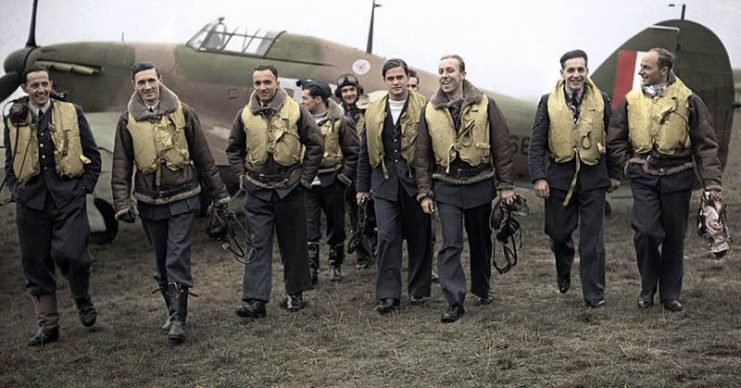
A running feature of this book is the story of 12 Group’s place within the System of defence led by Hugh Dowding handled so well by the man himself and probably best known through the leadership of Keith Park who led 11 Group whose squadrons met the brunt of German attacks.
12 Group was led by Trafford Leigh-Mallory, an officer who did not survive the war to tell his own story and yet who comes across as ambitious and willing to bend rules to suit his own purposes.
Dowding’s system was set in place to cover foreseeable events. Leigh-Mallory chose to subvert the system, using the big wing theories of Douglas Bader to facilitate his aims.
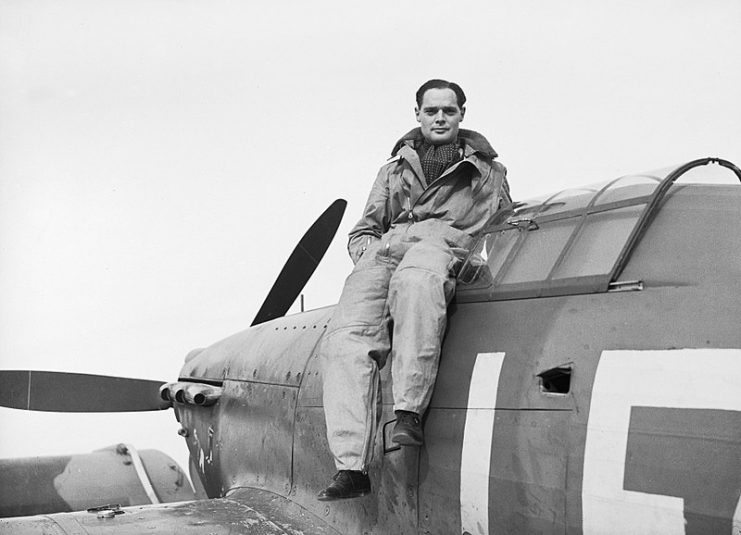
It is nigh on impossible to be overtly negative about Bader because he remains an iconic figure borne out of his immense courage and strength of purpose. Unquestionable brave and immensely powerful as an individual, he failed to grasp the simplicity of Dowding’s system and was the sort of man – a bull in a china shop – who would take every opportunity to do what he thought best.
It is easy to imagine the frustrations the pilots of 12 Group waiting for action that often did not come their way. It was impossible for them to appreciate the big picture; but Leigh-Mallory had no such excuse.
The infamous staff meeting where Leigh-Mallory used Bader to ambush Dowding with his version of how the big wing worked is singled out by Mr Sarkar for its breath-taking arrogance. Mr Sarkar is right to question how Dowding, the product of a class-riven and hierarchical service would have allowed it.
His error of judgement was a disaster for both him and his greatest lieutenant – Keith Park. Jealous officers were circling, biding their time. A stain is cast on the great victory of 1940 by the treatment meted out to Dowding and Park at their moment of triumph. I won’t sit on the fence, it really pees me off.
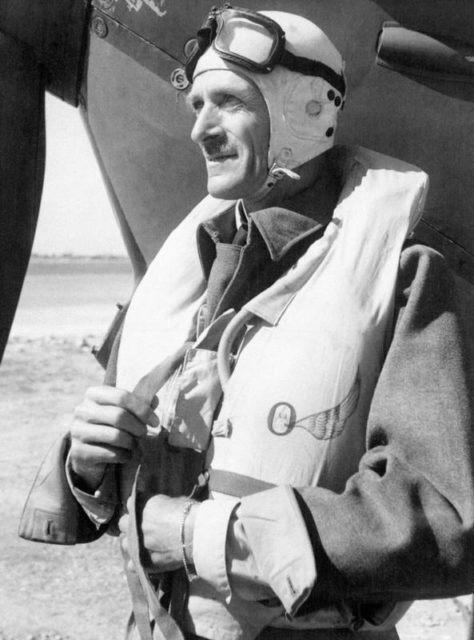
Mr Sarkar takes us through the later careers of the heroes of No19 Squadron and it doesn’t make happy reading. So many of these fine men were killed flying the poorly conceived rhubards and circuses that formed the now discredited offensive strategy of Dowding’s successors.
The RAF had to take the war to the Germans, but the result was wasteful in valuable lives and aircraft for uncertain gain. It is easy to criticise from this distance, but the history is there to see.
I have really enjoyed this book. Mr Sarkar enhanced an earlier version into this expanded gem. It has the feel of something deeply personal, a lament to the men of No19 Squadron and the victory they did so much to gain. Battle of Britain books will continue to shower upon us and I am sure the 80th anniversary next year will see a rush of them.
The most important thing is to remember the human cost. Mr Sarkar pays tribute to all the protagonists. You cannot have victors in a battle if there is nothing to say for the vanquished. The magnificent German airmen are treated with the upmost respect by the author.
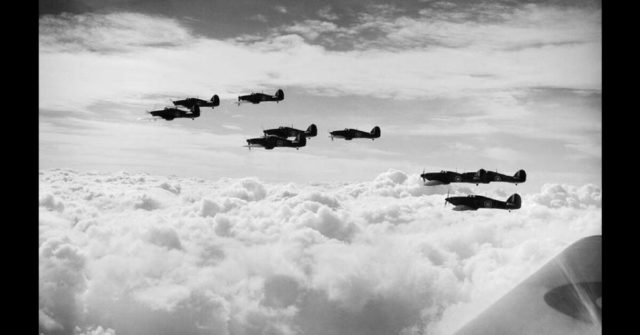
In the end we have the memory of Brian Lane, a young man with the world on his shoulders who led his men with skill and courage. There is an element of futility to a death he did not deserve; but needs as needs must and the war had to go on. Sacrifices had to be made. Churchill’s promise of blood, toil, tears and sweat was honestly made.
Dilip Sarkar comes across a kind man who enjoys an enduring affection and connection with the men and women of Fighter Command.
His book is a fine monument to No19 Squadron – it’s pilots, technicians and administrators. The reality is however many Battle of Britain books that come along in the year ahead, some, like this one will stand out. Highly recommended.
Another Article From Us: 10 Shermans Go Into Restoration. A Wheatcroft Collection Update
Review by Mark Barnes for War History Online

SPITFIRE!
The Full Story of a Unique Battle of Britain Fighter Squadron
By Dilip Sarkar MBE
Pen & Sword Air World
ISBN: 978 1 526773 281 1
